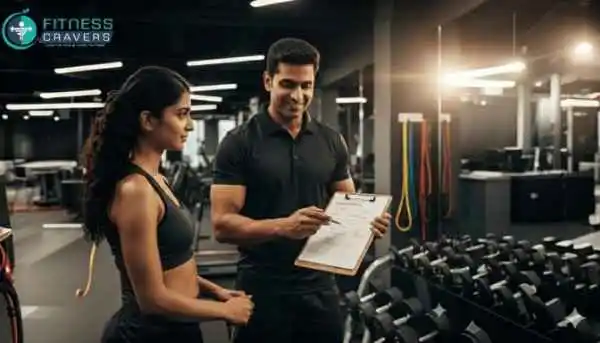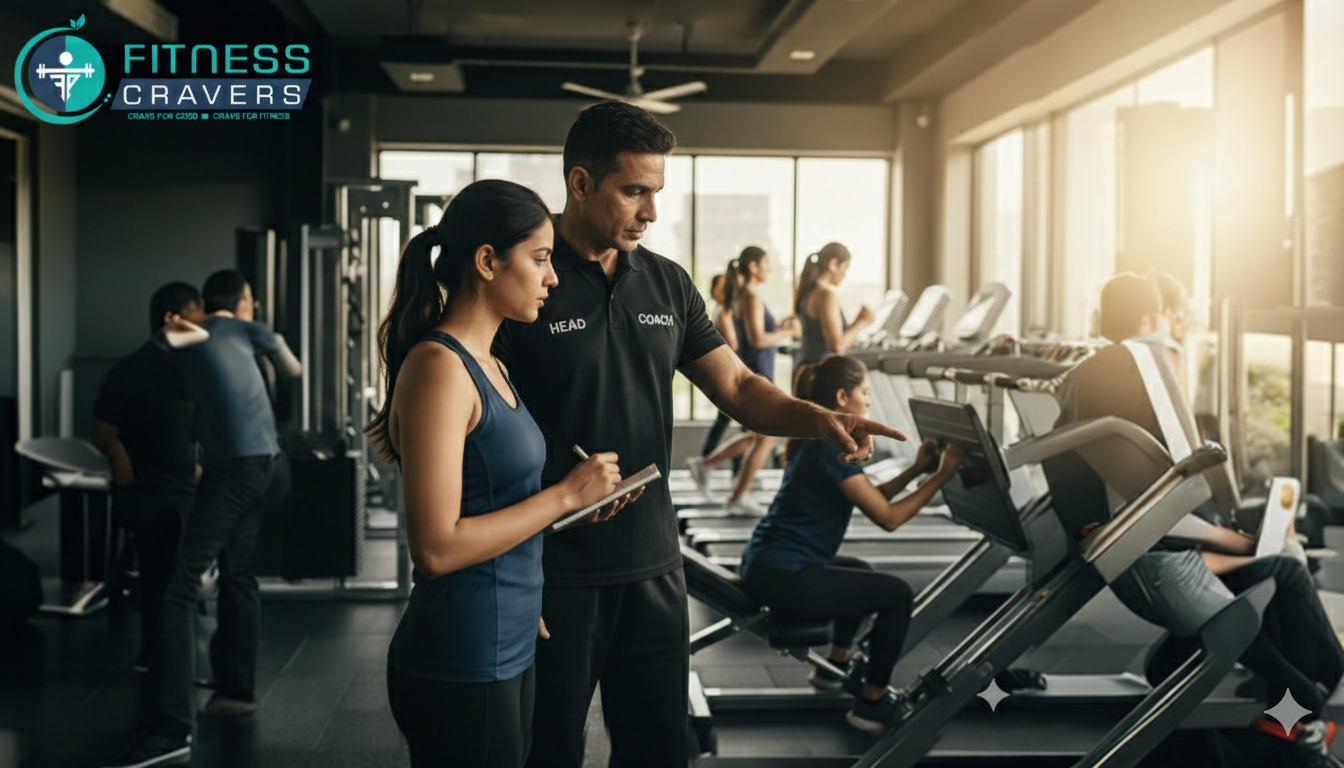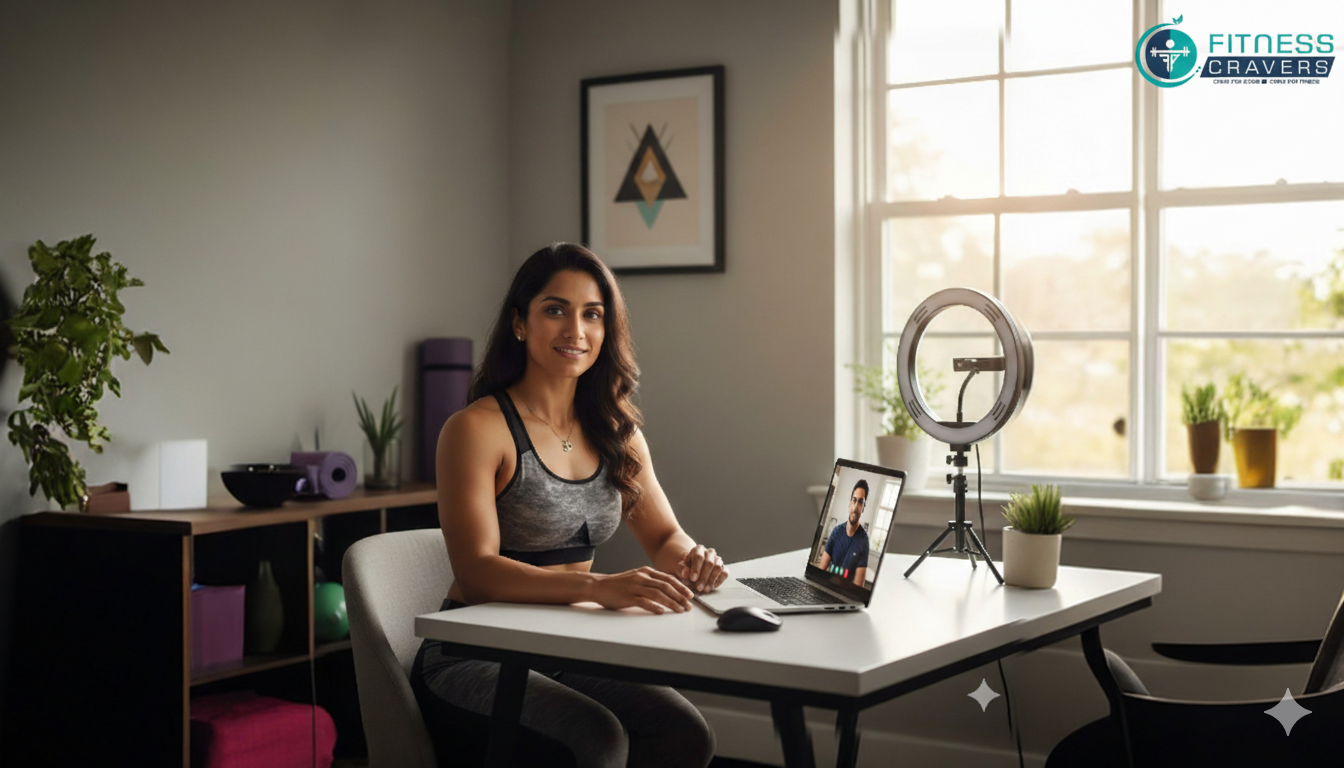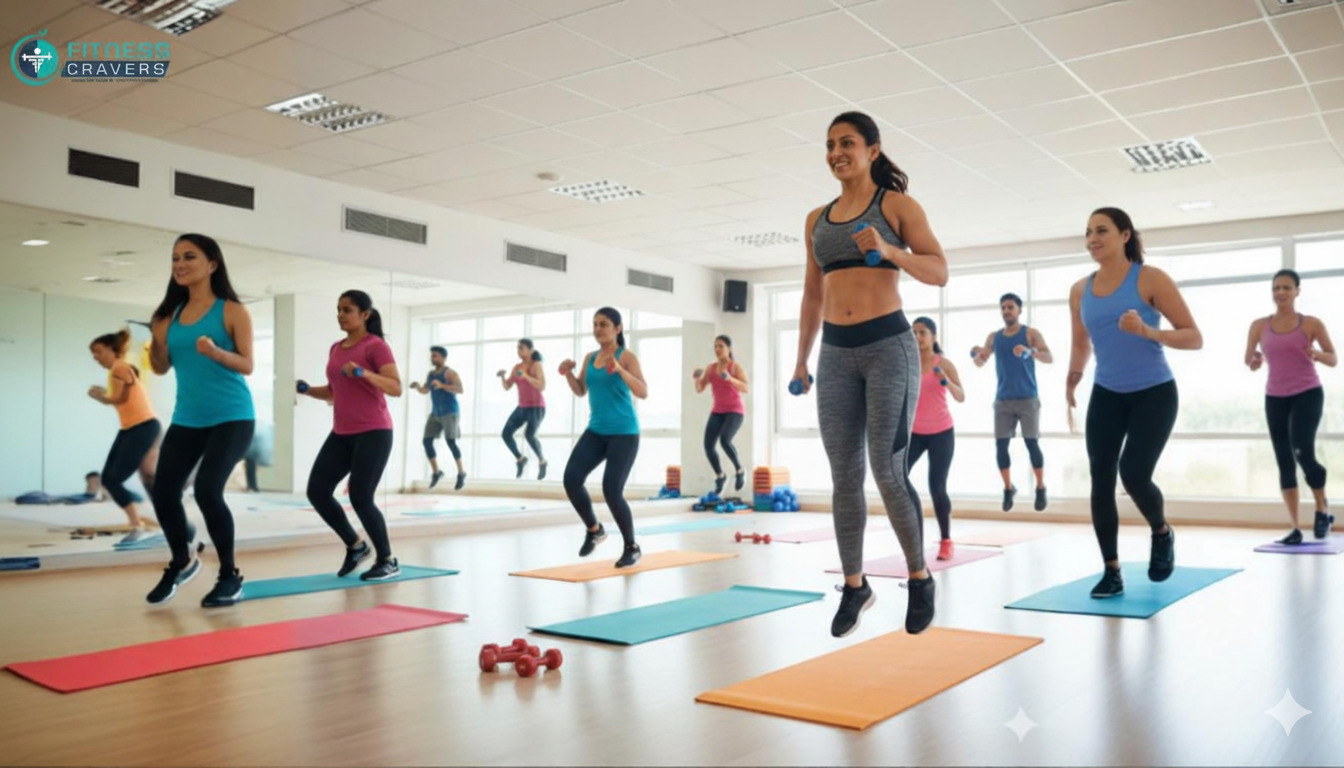Before becoming a personal trainer, you must know what fitness and training really mean. Today, everyone wants to be fit, but it’s crucial to grasp:
- What is fitness in practical life? (not just bookish definitions)
- How do you assess how fit a person is?
- How do you design workout programs that help them progress step by step?
- How do you use periodization (structured planning) to get the best results?
A trainer’s role is not just about guiding workouts – it’s about understanding fitness deeply and applying it to themselves and to every individual client.
Part 1: What will be your role as a Personal Trainer?

First, you must understand the job. It’s much more than just obtaining a certificate from an academy. As a Certified Personal Trainer, you need to:
- Stay motivated and positive, and always have a smiling face to motivate your clients as well.
- Maintain personal hygiene and grooming. Have in-depth knowledge of grooming, presentability, and good communication.
- Know how to create a tailored exercise regimes for each client’s goals, such as fat loss, muscle gain, general fitness, or weight management.
- Clients will ask you for food advice. You must know about supplementation, harmful sugars, proteins, fats, etc., along with food labeling.
- Be an expert in correcting postures through corrective exercise techniques. Learn safe and effective spotting techniques and injury prevention strategies. These skills are critical for long-term career success.
- Today’s CPT also needs to be a good counsellor and must understand sales, gym operations, and management. This will help you succeed and potentially open your own gym in the future.
- Be Prepared: Always complete your CPR/AED certification to handle any emergency situation in the gym.
Part 2: Choosing the Right Certification

Since most gyms in India are international franchises like Gold’s Gym, Fitness First, Snap Fitness, and F45 Training, you should aim for an International Certification as these certifications have credibility in India and across the world, giving you better career flexibility.
- NASM (National Academy of Sports Medicine) – Science-based, highly reputed, global credibility.
- NSCA (National Strength & Conditioning Association) – Best for strength & athletic performance.
- ACE (American Council on Exercise) – Well-rounded, globally recognized.
- ISSA (International Sports Sciences Association) – Flexible, online, popular worldwide.
Indian Academies: You can choose reputable local academies that prepare students for these international exams. For example, Fitness Cravers Academy in Delhi prepares students for NASM, ACE, ISSA, and NSCA exams with a team of doctors and physiotherapists.
Critical Warning: Always choose an academy run by certified professionals with real qualifications. Many owners misrepresent their credentials – don’t fall into their trap.
A Note on REPS:
There is no hard-and-fast rule for REPS registration in any country. It is only accepted in eight to ten countries, and even there, most gyms do not require it. For example, in UAE certifications like NASM, ACE, or ISSA are widely accepted without REPS. Always do your homework before investing in it.
Part 3: The Steps to Certification

Step 1: Understand Your Goal
Ask yourself: Why do I want this course? Where do you see yourself in the next five years? Work towards that goal, whether it’s just for self-knowledge or a serious career.

Step 2: Meet the Prerequisites
Most international and Indian certifications require:
- Age: Minimum 18 years of age.
- Education: High school or 12th pass (some accept 10th pass).
- Language: Basic English proficiency is needed.
- Safety: CPR/AED certification is needed for some boards like NASM/ISSA/ACE/NSCA.
Step 3: Enrol in a Course
- Duration: 3–6 months (self-paced or classroom).
- Mode: Online, in-person, or hybrid.
- Fees:
- National Certificates: Start from ₹7,000.
- International Certifications: ₹50,000 – ₹1.5 lakh.
Step 4: Prepare and Pass the Exam
Good Academies will offer free demo classes to showcase their teaching style and give you the option of online, offline, or hybrid classes with recorded lectures, making your learning much easier. Fitness Coaches often familiarize you with commonly asked exam topics or patterns. Prepare yourself with MCQs, case studies, and practical tests.

Step 5: Get Practical Experience
Passing an exam is just the beginning. To grow as a trainer, you need hands-on experience:
- Start as a floor trainer or intern in a gym.
- Train family and friends to build confidence.
- Shadow senior trainers and learn real-world applications.
- Get CPR/AED certified for emergencies.
Step 6: Career Growth Opportunities
Once certified, you can:
- Work in gyms, studios, cruise ships, universities, institutions, or health clubs.
- Build your freelance or online training business (a growing industry in India and abroad).
- Specialize in nutrition, corrective exercise, or strength & conditioning.
- Move into gym management or start your own fitness venture.

Step 7: Maintain Your Certification
You must keep your knowledge and certification up to date. Most certifications require Continuing Education Credits (CECs) every 2–3 years, which you can earn by attending workshops, taking advanced courses, or pursuing new certifications.
Success as a personal trainer isn’t about chasing money – it’s about constantly improving your knowledge, personality, and skills. When you focus on becoming your best, success and financial growth will follow naturally.
